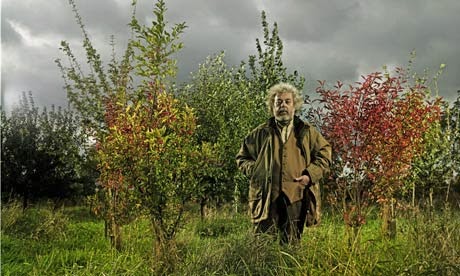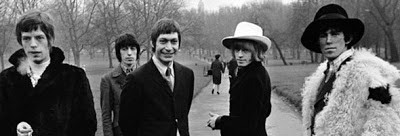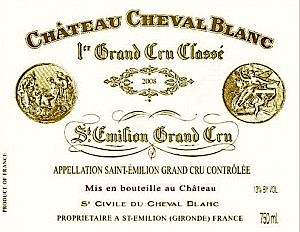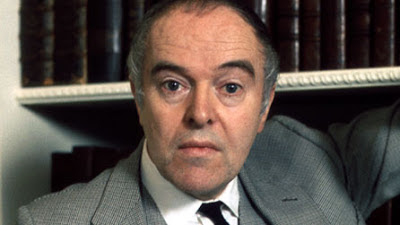
Sad to hear of the death of the film star Luise Rainer at 104, but as we (often) say in England, she had 'a good innings'. I met her in the mid 1990s when she must have been in her late 80s. Myself and the esteemed rock musician and bookseller Martin Stone travelled to her villa in the Italian part of Swizerland to buy some of her books. I recall she picked us up at the station in a smart and powerful car and took us along winding, perilous mountain roads at considerable speed. Something of a white knuckle ride. She was full of energy and amusing chat. She told us that life was not very social in this part of Switzerland. When she had arrived she gave two enormous parties for everybody interesting in the neighbourhood. She had done this before at other houses in her long life and usually after these events you just sat back and waited for invitations to come in and your social life was 'sorted.' Sadly, she did not hear a word from anyone, apparently this was not untypical of the Italian Swiss. Lots of old friends had come to stay however. She told us of a 100 year old British peer who had stayed for a month or two. Because of his great age she had hired a local nurse to look after him and Luise was rather surprised that he later willed this nurse a large sum of money! We saw some good books including several presentation copies (a first of House of Incest by Anais Nin signed and presented to one of her husbands comes to mind). She was considering a move to London and asked me about prices in the Knightsbridge area. I am sure she found London a lot more fun than the Alps…
She was a great beauty in youth and this could be seen even in old age. Luise had some good art on the walls and some sculpture. I recall a Sonia Delaunay and a Marie Laurencin. I guess she must have moved shortly after. In February this year I tweeted a happy 104th birthday to her and mentioned our trip to see her near Lake Como. I was amazed to get this tweet back from her "..would love to see photos of that trip if you have any…?" Sadly we took no photos, this being slightly before the smart phone era. R.I.P. Luise, a truly great star!
Martin Stone wrote in with this (I had forgotten entirely about the snake!) :
That trip to see her did seem to leave a strong impression,didn't it? Sitting on the terrace with the lake far below, she announced she was leaving to live in London."But why go from here?"one of us said,"this is paradise.""Oh,I've had enough of Paradise",she said,"now I'm ready for Hell".
Do you remember the snake in the basement that we refused to dispose of for her? I thought that might have blown the deal...I also remember several Egon Schiele paintings/drawings and a sensational medieval triptych spotlighted- I think you tried to buy them with the books,and she said "No,Sotheby's Geneva next month! " Great lady.






















